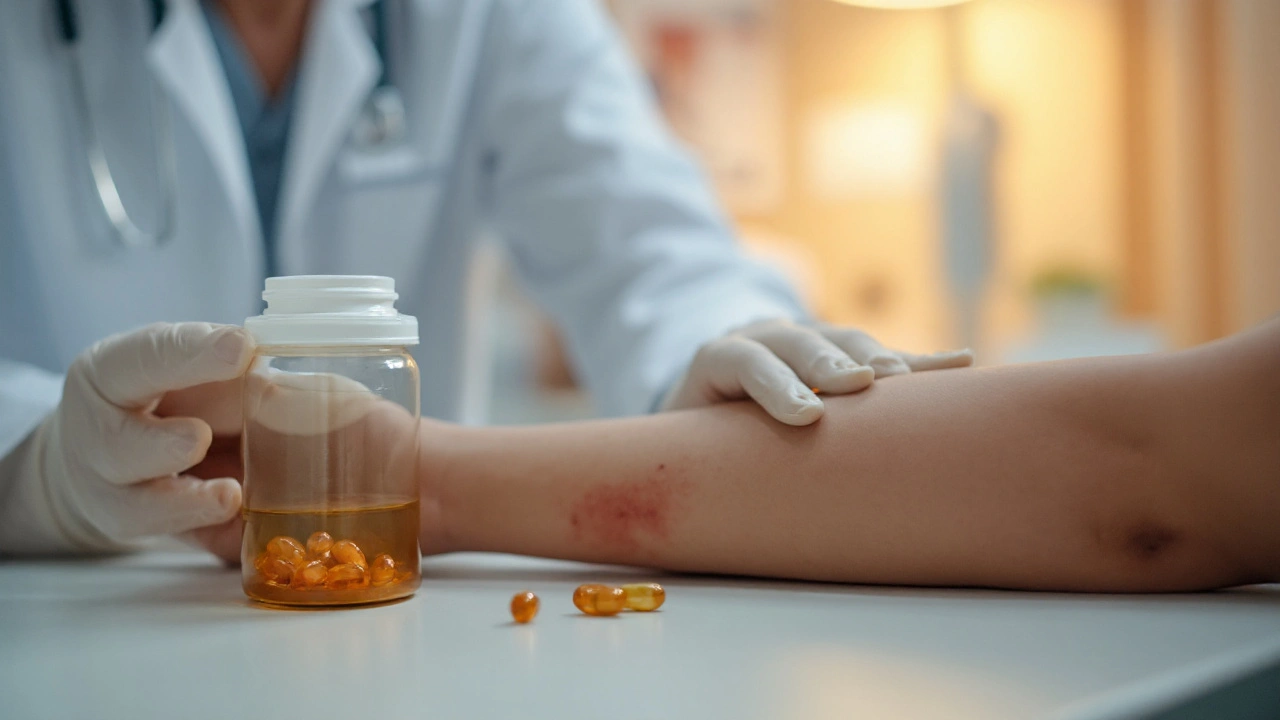If you’ve ever taken a prescription for a bacterial infection, you might have heard the term “tetracycline resistance.” It simply means the bacteria you’re trying to kill have learned how to survive the drug. This isn’t a new problem, but it’s one you should understand, especially if you’re getting antibiotics in Canada.
Why does resistance happen? Bacteria are tiny, fast‑reproducing organisms. When you use tetracycline, most of them die, but a few with a handy genetic trick survive. Those survivors multiply, and the next time you or someone else takes the same drug, it’s less likely to work. The trick can be a pump that throws the drug out of the cell, a change in the drug’s target, or an enzyme that breaks the drug apart. All of these are called resistance mechanisms.
In a clinic, the most common way to know if a bug is resistant is a lab test called susceptibility testing. A sample—often a swab from a wound or a urine cup—is sent to a lab. The lab grows the bacteria and exposes them to tetracycline and other antibiotics. If the bacteria keep growing, they’re marked as resistant.
Rapid tests are becoming more popular. Some Canadian hospitals now use PCR (polymerase chain reaction) kits that look for specific resistance genes in minutes instead of days. These tests help doctors pick the right drug faster, cutting down on unnecessary tetracycline use.
When a doctor finds out the infection won’t respond to tetracycline, they’ll usually switch to a different class of antibiotics—maybe a macrolide, a fluoroquinolone, or a newer drug like tigecycline, which is a tetracycline cousin designed to beat resistance.
But swapping drugs isn’t the only answer. Good hygiene, proper wound care, and completing the full prescription (even if you feel better) all lower the chance that resistance spreads. In Canada, many pharmacies now offer counseling on how to take antibiotics correctly, and provincial health programs run public‑awareness campaigns about “antibiotic stewardship.”
If you’re buying medication online, be extra careful. Only use licensed Canadian pharmacies that require a prescription. Buying cheap, unregulated versions can expose you to sub‑therapeutic doses, which are a perfect recipe for resistance.
For people who frequently need antibiotics—those with chronic lung disease, recurrent UTIs, or certain skin conditions—talk to your doctor about prevention strategies. Probiotics, vaccination (like the flu shot), and regular check‑ups can keep infections down, meaning fewer rounds of tetracycline.
In short, tetracycline resistance is a sign that bacteria have outsmarted a specific drug. It’s detected through lab tests, and the usual response is to pick a different antibiotic and focus on prevention. By following your doctor’s guidance, finishing every dose, and using reputable Canadian pharmacies, you help keep this resistance from spreading further.

A practical guide to using tetracycline for skin infections, covering how it works, dosage, safety, resistance and comparisons with other antibiotics.
View more